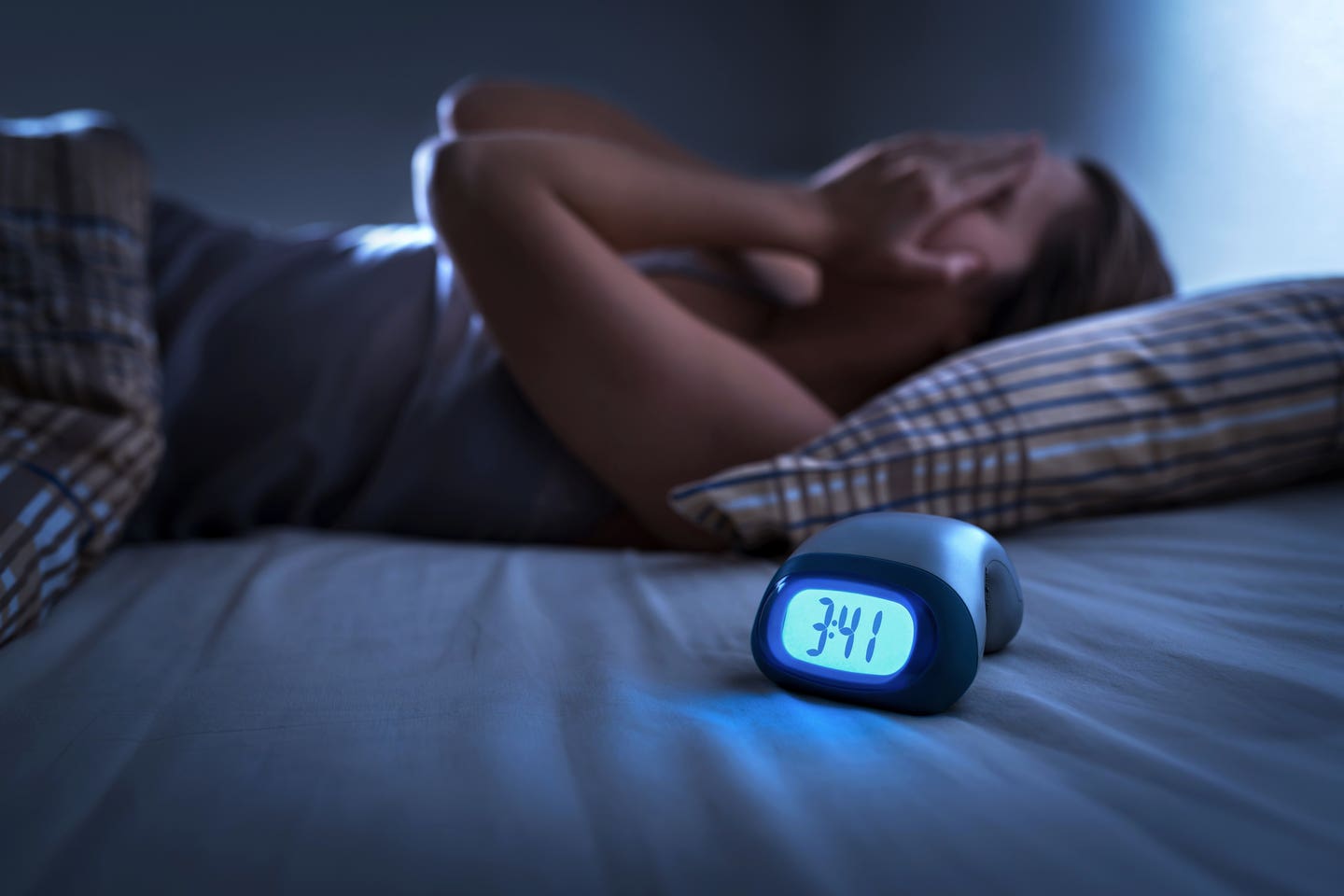Work from home and save the planet
Implementing teleworking two, three or four days a week would reduce the levels of nitrogen dioxide (NO2), the main pollutant in smog by 10%

[Sept 27, 2021: UNIVERSITAT AUTONOMA DE BARCELONA]
Implementing teleworking two, three or four days a week would reduce the levels of nitrogen dioxide (NO2), the main pollutant related to traffic emissions, respectively by 4%, 8% and 10%. This is the main conclusion of a study carried out by the Institute of Environmental Science and Technology of the Universitat Autònoma de Barcelona (ICTA-UAB). The study analyses the data obtained from an air quality model, together with the measurements of the XVPCA stations (Xarxa de Vigilància i Previsió de la Contaminació Atmosfèrica) registered in the Metropolitan Area of Barcelona (AMB), during the period of mandatory mobility restrictions during to the COVID-19 lockdown.
Mobility restrictions due to the pandemic have forced many people to work from home, thus increasing teleworking and improving air quality in cities. Starting with this exceptional situation, the researchers of the URBAG project at the ICTA-UAB have carried out a large-scale pilot study that allows reflecting upon the lessons learned during lockdown in terms of air pollution declines.
Taking into account the fact that 85% of the labour force of the AMB is dedicated to the service sector, and approximately 40% of all personal vehicle transit is work-related, researchers defined three different socio-labour scenarios based on a week of two, three or four days teleworking, and studied the changes in pollution with an air quality model for each.
NO2 and O3 concentration during COVID-19 mobility restrictions. Variation for NO2 and O3 concentrations during COVID-19 confinement and phase-out weeks (in blue) and the same month for the year 2019 (orange), observed at Eixample air quality monitoring station (as part of the Xarxa de Vigilància i Previsió de la Contaminació Atmosfèrica, XVPCA). Blue and orange lines show the medians (50th percentile) and shaded zones show the 10th/90th percentiles. An estimation of the reduction in travel by vehicleduring 2020 is provided underneath each panel, source: Google mobility reports (https://www.google.com/covid19/mobility/). (Credit: DOI: 10.1038/s42949-021-00037-7)
The first scenario considers an increase in teleworking two days a week, which would reduce traffic-related emissions by 5% and, therefore, NO2 levels by 4%. This scenario assumes a 12.5% decrease in work-related travel, if 20% of workers in the service sector were to take this option. A second scenario consisting of three days of teleworking would reduce emissions by 10% and NO2 levels by 8%, reducing work-related trips by 25%. For this, 30% of the labour force of the service sector would have to take advantage of this option. A third scenario would reduce traffic emissions by 15%, and consequently NO2 levels by 10%, if 40% of employees in the services sector teleworked four days a week, reducing their trips by 37.5%.
The research was designed in collaboration with the Anthesis Lavola team, a company with extensive experience in urban and sustainable mobility planning, and was based on the mobility reports published by the Barcelona Metropolitan Transport Authority.
Additional scenarios were also defined combining the reduction of personal and occupational mobility in addition to teleworking, to replicate the behaviours seen during the stages of severe COVID-19 lockdowns. The researchers conclude that a “light confinement” situation with a 45% reduction in private vehicles used for work-related travel would reduce traffic emissions by 25%. This scenario would be achieved with a four-day remote workweek and a 15% reduction in other work-related trips. Additionally, online education would avoid 20% of private vehicle use and driving to the shops would be reduced by 30%.
Over the past five years, the annual average concentrations of NO2 have repeatedly exceeded the maximum permissible values in some of the AMB monitoring stations, consequently causing thousands of associated premature deaths. Therefore, the ICTA-UAB researcher and main author of the study, Alba Badia, recalls that “the application of this last scenario could be viable and realistic during periods of high pollution, as it is simply based on the maximization of teleworking and the reduction of other work-related travel and shopping”.
For more science stories check out our New Discoveries section at The Brighter Side of News.
Like these kind of feel good stories? Get the Brighter Side of News' newsletter.
Tags: #New_Discoveries, #Green_News, #Telework, #Air_Pollution, #Science, #Climate_Change, #Research, #The_Brighter_Side_of_News
Joshua Shavit
Science & Technology Writer | AI and Robotics Reporter
Joshua Shavit is a Los Angeles-based science and technology writer with a passion for exploring the breakthroughs shaping the future. As a contributor to The Brighter Side of News, he focuses on positive and transformative advancements in AI, technology, physics, engineering, robotics and space science. Joshua is currently working towards a Bachelor of Science in Business Administration at the University of California, Berkeley. He combines his academic background with a talent for storytelling, making complex scientific discoveries engaging and accessible. His work highlights the innovators behind the ideas, bringing readers closer to the people driving progress.



